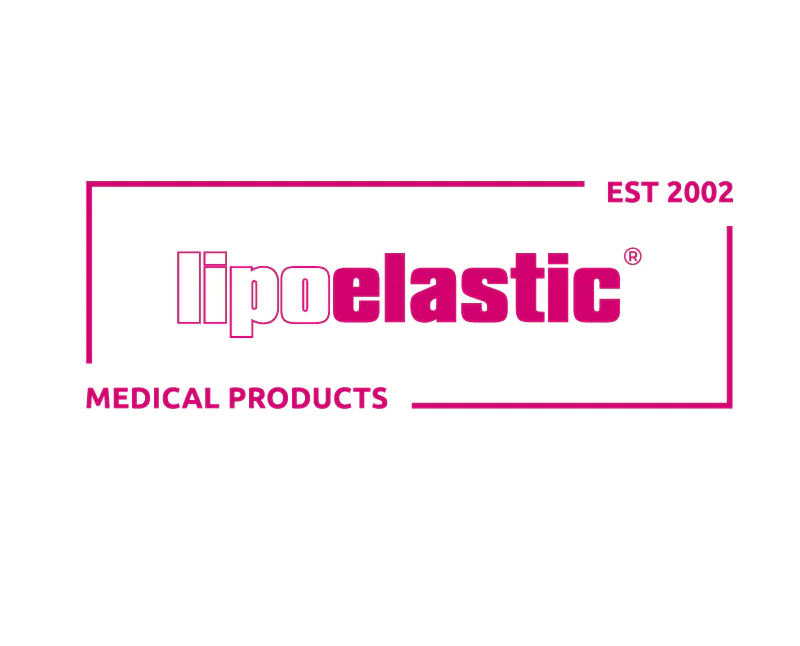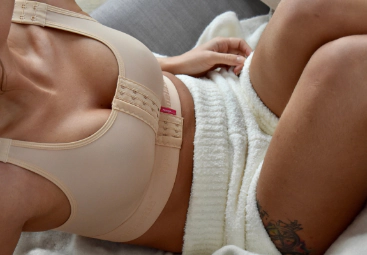According to recent studies, in 2020 there were over 3.2 thousand breast reduction procedures and 4.7 thousand breast augmentation procedures. The continued and rapid increase in the number of annual aesthetic and reconstructive procedures undoubtedly highlights the popularity these surgeries have amongst patients.
Regardless of whether you’re undergoing an augmentation, reduction, reconstruction, mastopexy, or mastectomy we’re always here to guide you through every step of the way to ensure you have the most pleasant and smooth recovery.
Professional recommendations:
Every patient has a different experience following these procedures, as well as a different recovery period, therefore it is vital that we do not assume everyone will have the same outcome or result. Your surgeon will always have your best interest in mind, and therefore if they recommend a specific garment, or suggest specific recovery guidelines, ensure you follow them at every point, disregarding your surgeon’s recommendations could not only hinder your recovery period but could cause you needless pain and discomfort. Undergoing the surgery is only one part of the course the aftercare that follows plays an equally significant role. Following your surgery, if you have any concerns or worries regarding the outcome, please do not delay seeking advice and contact your surgeon immediately.
Pre-op preparations:
Prepare and arrange your schedules prior to your procedure to avoid any last-minute stress and worries. Different procedures require different recovery periods, so you would need to have an idea of how long to take off work, and how to arrange care for any young children or pets. Your surgeon will highlight that prior to your surgery you are not permitted to exercise or put any strain on yourself. To ensure the swiftest recovery period arrange pre-cooked meals ahead of your surgery. After the surgery you will be sore and unable to move around, so prepping earlier will appear far more practical and convenient for you. Before the surgery, it is vital to ensure you are drinking plenty of water and consuming the appropriate nutrients, as maintaining a well-balanced diet.
Understanding the recovery period:
Every patient has a different recovery period and experience, in no way should you ever attempt to rush yours. You will never see the results almost immediately; it will take a specific period before the results become noticeably evident. Initially, pre-op there will be swelling as well as bruising and this is all anticipated and reasonable. The most important thing to keep in mind is that recovery takes time, it doesn’t simply happen overnight, you need to give yourself plenty of time.
Speak with someone:
The period of recovery can be an emotional rollercoaster and can appear extremely overwhelming, as a form of relief and easing, we recommend getting in touch with people who have experienced the same procedure, and talk through their recovery periods, listening to someone else’s story from the same procedure may give you ease and relief. It’ll help you, especially if at any point you feel like you are struggling through your recovery alone. From speaking to people who have experience with this procedure you may learn suggestions and techniques that help in the recovery, as well as remedies and guidelines that assist in the healing.
Significance of compression:
The importance of wearing compression following your procedure cannot be stressed enough. Compression plays a massive role in the process of recovery following an operation. The use of compression following your surgery will minimise and avoid the possibility of excessive swelling, bruising and formation of keloid scars, they immensely reduce the level of pain and immeasurably speed up the recovery process. Disregarding the compression can significantly affect your healing process, as well as hinder the results. There is a multitude of different procedures which require different compression garments. We have a wide portfolio available on our online platform. Customers can browse to find the most suitable garment for their procedure.
Personal suitability:
The recommended time frame for wearing the compression bras can be between 6-8 weeks, so when choosing a bra, it is essential to ensure you are getting the appropriate compression as well as ensuring you are comfortable. Following the 6 weeks, we can always explore our stage 2 bras, which you may find to be more aesthetically pleasing and desirable.
(2).png)

 LIPOELASTIC TEAM
LIPOELASTIC TEAM 




